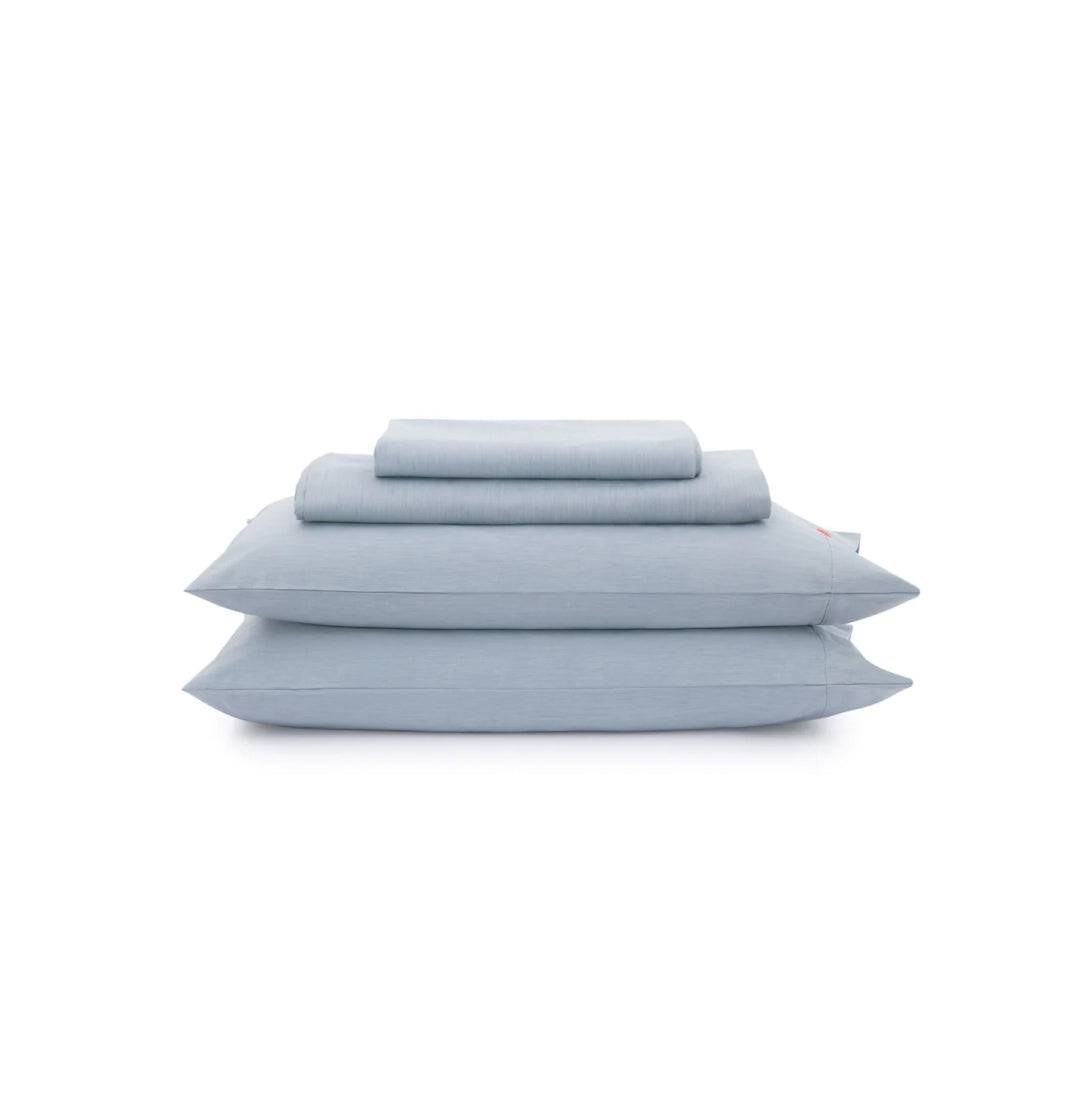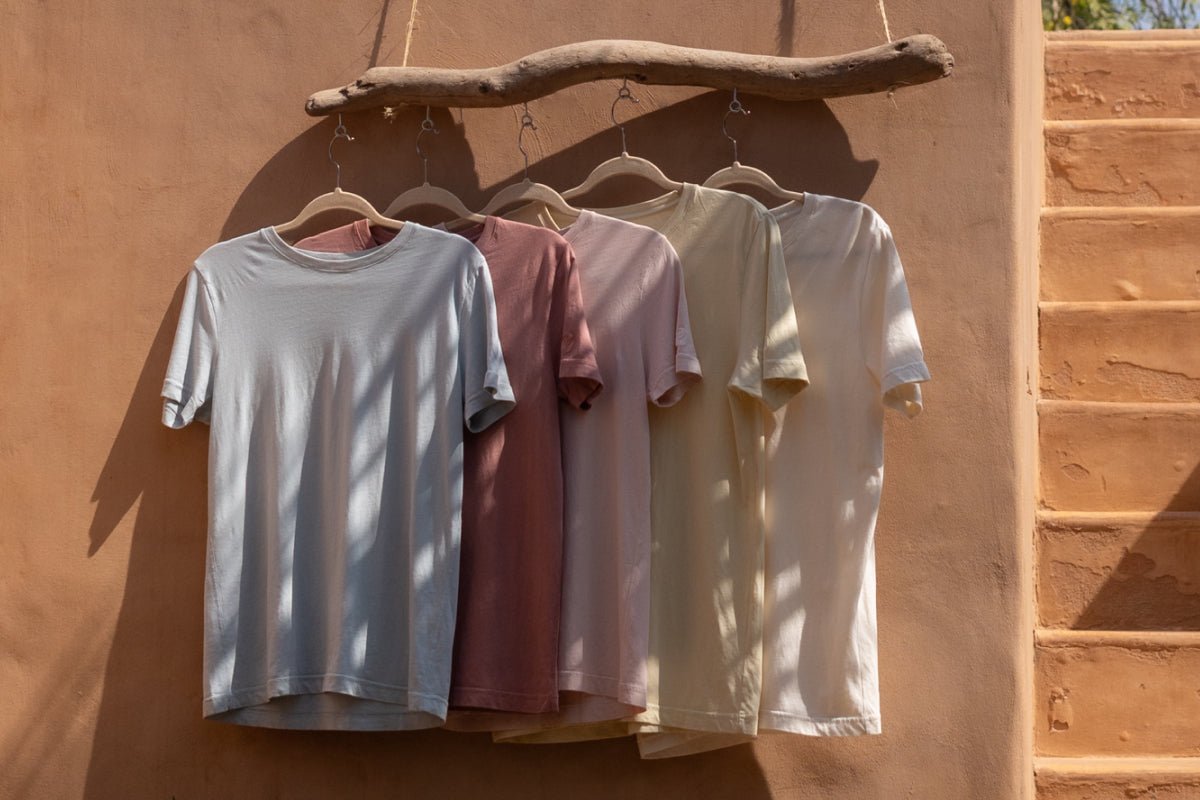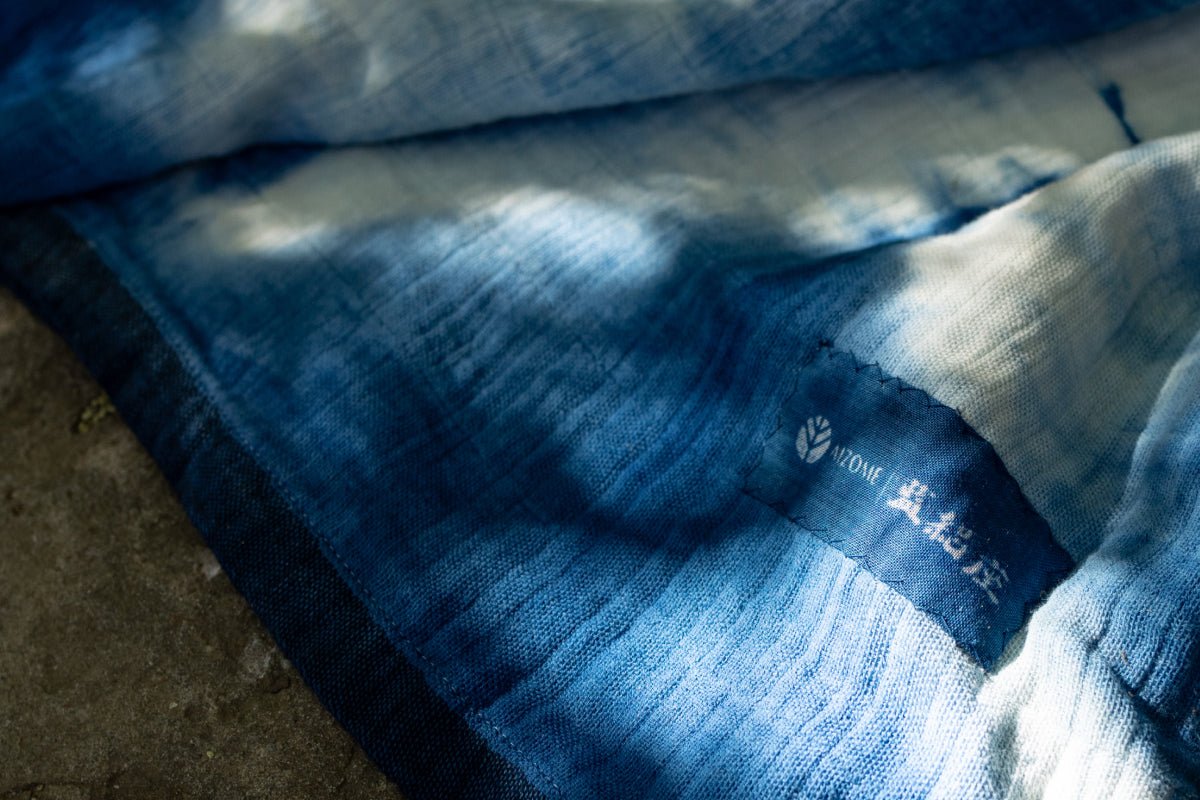The ties between the textile industry and the petrochemical industry are woven with synthetic fibers, dyes, and treatments -- all derived from petrochemicals. This relationship has driven significant growth in the petroleum sector. It has also led to concerning environmental and health impacts. In this article, we delve into the petrochemical industry's role in textile production and explore the recent legislative moves in the EU that -- controversially -- frame synthetic fibers as more sustainable than natural fibers (?!?)
Synthetic Fibers and Petrochemical Dependence
Synthetic fibers, including polyester, nylon, and acrylic, are made from petrochemicals. These materials are favored in the textile industry for their durability, versatility, and lower cost compared to natural fibers (though this low cost is, arguably, artificial in that it doesn't take into account the cost of the petroleum production).
As of 2020, synthetic fibers accounted for 63% of the total global fiber production, with polyester alone representing 55% of the market. The production of synthetic fibers consumes approximately 1.35 billion barrels of oil each year. This significant demand highlights the deep dependence of the textile industry on petrochemicals.
And that's before we even talk about dyes...
Dyes and Chemical Treatments
Beyond fibers, the dyeing and treatment of textiles also rely heavily on petrochemicals. Synthetic dyes and finishing agents are widely used to achieve desired colors and fabric properties.
Synthetic dyes, derived from petroleum, include azo dyes and disperse dyes, which are prevalent in the industry. The chemicals in these two types of dyes have been linked to various health issues through numerous studies, including cancer, skin irritation and allergies, endocrine disruption, and environmental impact (AACR Journals) (AACR Journals).
Additionally, textile treatments such as flame retardants, water repellents, and wrinkle resistants are often petrochemical-based. These treatments can release harmful substances during production and use.
Legislation on Synthetic Fibers
Direct health impacts to consumers and workers aside, the use of petrochemical byproduct in our textiles is still a questionable move. The production of polyester results in approximately 706 billion kg of CO2 emissions annually, contributing significantly to global warming. Additionally, synthetic textiles are a major source of microplastic pollution, with about 35% of microplastics in the environment originating from synthetic fibers.
And yet, in recent years, there has been a growing debate in the EU regarding the sustainability of synthetic fibers versus natural fibers. In 2020, the Sustainable Apparel Coalition's announced that polyester was more sustainable than several natural fibers based on its Higg Material Sustainability Index. And newly proposed legislation also aims to position synthetic fibers as a more sustainable option, which has sparked controversy and debate among environmentalists and industry experts.
European Union's proposed Green Claims Directive, which aims to curb greenwashing by ensuring companies substantiate environmental claims with a standardized methodology. Farmers and supporters of natural fibers argue that the directive, specifically its reliance on the Product Environmental Footprint (PEF) method, unfairly advantages synthetic fibers over natural ones. The PEF methodology begins environmental impact calculations at different stages for synthetic and natural fibers, potentially overlooking significant negative impacts of synthetics such as microplastics and poor biodegradability. For more detailed information on this legislation, check our Sophie Benson's article in Vogue, "Is the EU about to give synthetic fibre makers a competitive advantage?"
The Myth of Recycling in Textiles
One of the arguments supporting synthetic fibers' sustainability is their recyclability. However, the reality is more complex. While recycled polyester (rPET) is promoted as a sustainable alternative, it still sheds microplastics and requires a continuous supply of post-consumer plastics, which are petrochemical-based. Much of what is labeled as recycling in the textile industry is actually downcycling, where high-quality materials are converted into lower-quality products, ultimately leading to waste.
Most synthetic materials are not ultimately recyclable. The recycling process for synthetics often involves intensive and harsh chemicals to break down the fibers, which can pose environmental and health risks. Additionally, recycled polyester (rPET) fiber is typically not recyclable again. This limits the overall sustainability of using rPET in textiles, as the recycled material will eventually end up as waste.
Furthermore, the production and recycling of synthetic fibers contribute to ongoing environmental issues such as microplastic pollution, which impacts marine ecosystems and enters the food chain. The energy and resources required for recycling processes also undermine the perceived sustainability benefits. Thus, while synthetic fibers may offer some advantages in terms of initial resource use, their long-term environmental impacts are significant and challenging to mitigate
Conclusion
To genuinely address the environmental impact of the textile industry, a shift towards sustainable practices is essential. Emphasizing the use of natural fibers such as organic cotton, hemp, and linen can reduce reliance on petrochemicals. These fibers generally have a lower environmental footprint when grown and processed sustainably. Investing in and adopting new technologies for dyeing and treating textiles without synthetic chemicals can significantly reduce the industry's environmental impact.
The petrochemical industry's role in textile production is profound, with synthetic fibers and chemical treatments driving significant demand. While recent EU legislation seeks to frame synthetics as more sustainable, it is crucial to consider the broader environmental and health impacts. True sustainability in textiles requires a holistic approach, prioritizing natural fibers and innovative, eco-friendly technologies to reduce the industry's petrochemical footprint and mitigate its adverse effects on our planet.
Image: AIZOME Copyright







 Bedding
Bedding
 Clothing & Accessories
Clothing & Accessories
 Artisan Line
Artisan Line



Leave a comment
All comments are moderated before being published.
This site is protected by hCaptcha and the hCaptcha Privacy Policy and Terms of Service apply.